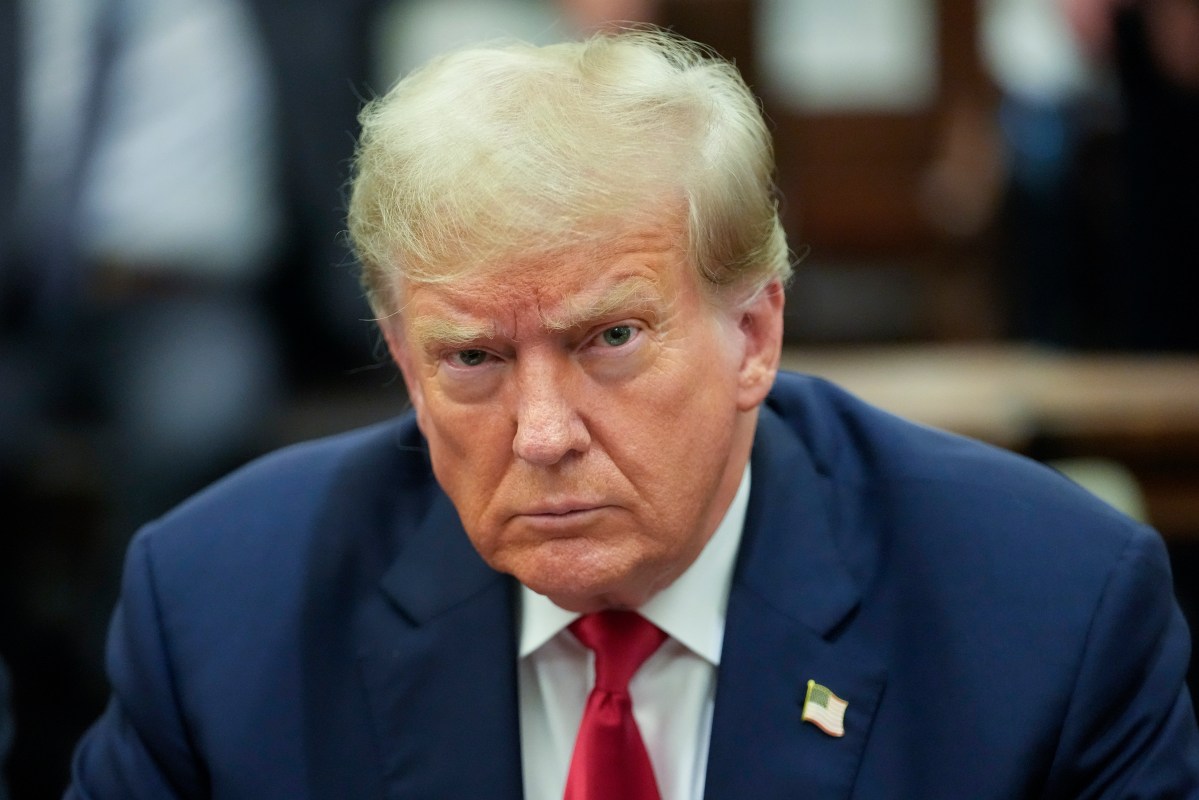In recent months, Donald Trump’s campaign and conservative action groups have developed a coordinated strategy to gut the federal civil service, effectively returning the United States government to the spoils system of the nineteenth century.
Under this plan, Trump, if returned to office, would issue an executive order called “Schedule F,” which would reclassify the status of thousands of employees—making it easier for the president to fire them at will. The Heritage Foundation has crafted “Project 2025” to create a “civic infrastructure” to implement on day one of a second Trump term, including tens of thousands of right-wing Trump ideologues ready to replace fired civil servants. Heritage recently recruited potential candidates at the Iowa State Fair and other locations nationwide.
This plan would reproduce the spoils system’s worst corruption, grift, and inefficiencies. The spoils system is the colloquial term for the period from roughly 1828 to 1883 when political appointees were doled out government positions in return for their vote and political loyalty. To the victory of the presidential election went the extensive and lucrative “spoils.” Under the spoils system, most federal positions were political appointees, from post office managers to customs house collectors to clerks in the executive departments. Party bosses granted these positions as rewards to loyal operatives and used them as cudgels to force supporters to toe the party line.
Unsurprisingly, this system was wildly inefficient and bred widespread corruption because politicians selected officeholders for their political utility rather than merit. In 1829, President Andrew Jackson appointed his old army buddy, Samuel Swartwout, as collector of the New York City customhouse. The position was critical to the government’s success. The customhouse was the busiest in the nation and responsible for collecting almost half of the nation’s annual revenue. Shortly before Martin Van Buren’s administration began, Swartwout left his position after embezzling over a million dollars (roughly $33 million today).
Shortly after the creation of the spoils system, politicians on both sides bemoaned its evils, and they continued to do so for the next several decades. Despite their complaints, the Democrats, Whigs, and Republicans all failed to pass and implement reform because the temptations were too great.
For example, President Ulysses S. Grant established a commission to implement civil service reform and issued executive orders prioritizing merit-based hiring for federal positions. Congress, controlled by Grant’s fellow Republicans, undermined these efforts by rejecting civil reform legislation and depriving the commission of necessary funds.
Only the assassination of newly elected President James A. Garfield in 1881 provoked significant public outcry and motivation to adopt change. On July 2, 1881, Charles J. Guiteau shot and killed the 49-year-old president. Guiteau, who had spent his first months trying to obtain a plumb consulship in Paris, had convinced himself that he had played a significant role in Garfield’s victory the previous fall. When Secretary of State James G. Blaine and Garfield failed to reward Guiteau, he determined to kill the president to prevent him from dismantling the spoils system. The slaying shook Congress into passing the Pendleton Act in 1883, which established a system of merit-based hiring and supervision of federal employees.
The corrupt history that preceded the adoption of the federal civil service is not to suggest that it is the perfect system. The military wasn’t integrated until 1948, when President Harry Truman signed an executive order. In 1978, Congress passed the Civil Service Reform Act, which reorganized the agencies that administer the federal personnel system and sought to increase flexibility and productivity in government operations while still protecting employees. More recently, agencies have increasingly relied on contractors to avoid the restrictions imposed by federal hiring. (The Washington Monthly has exposed the problems from this reliance on privatization. See here and here, for example.)
Whatever flaws exist in the civil service program, there is still immeasurable value in preserving the status of federal workers. They protect institutional knowledge and provide stability during transitions and turnover. They know how the system works, from where they keep the pencils to how to protect classified information. It’s impossible to overstate the stakes for overthrowing this system. Reporting on Trump’s plan to scuttle the results of the 2020 election revealed that the former president planned to replace federal career officials in the Department of Justice and the Department of Defense with political loyalists. If successful, these plans would have ended American democracy.



